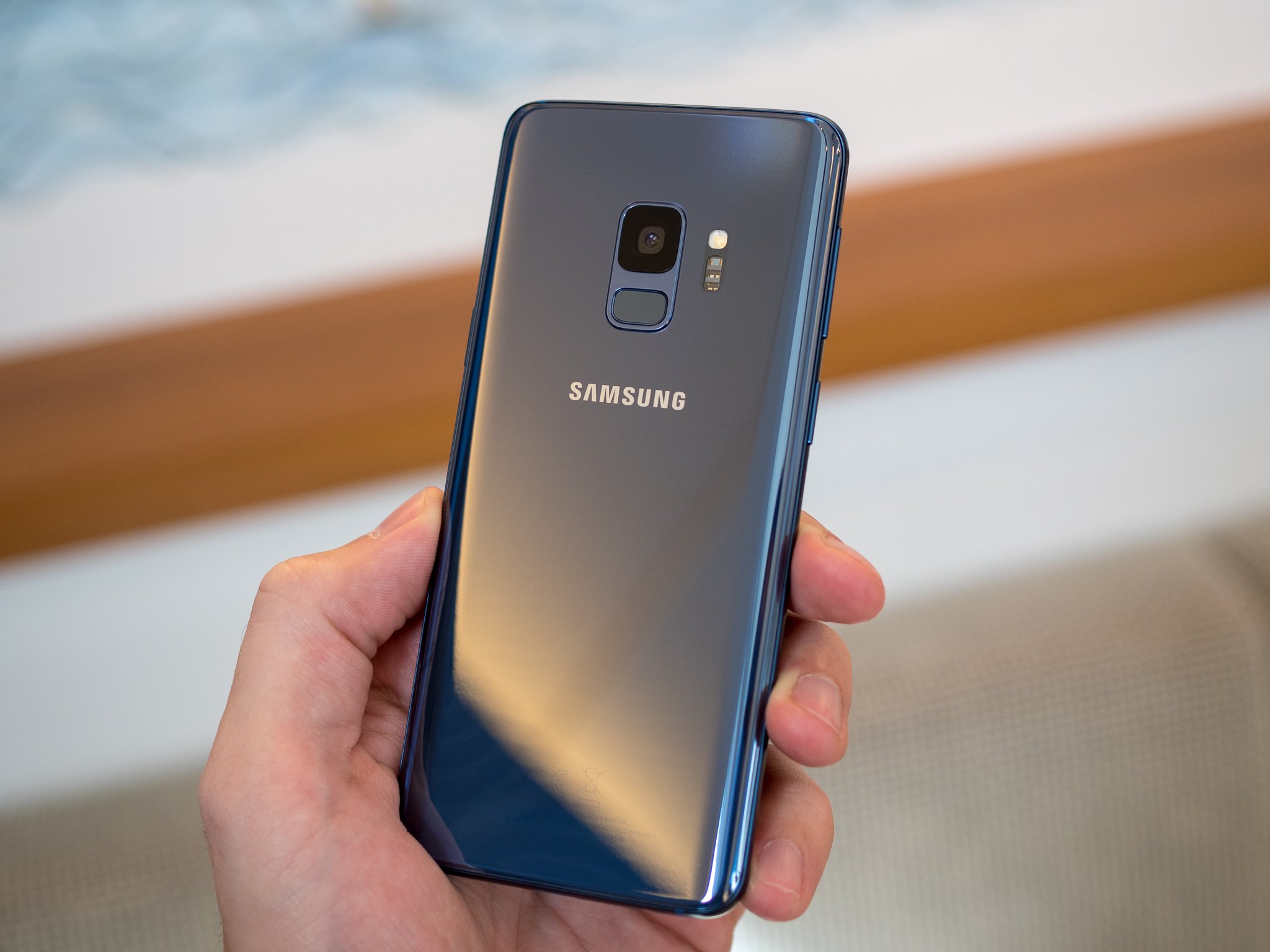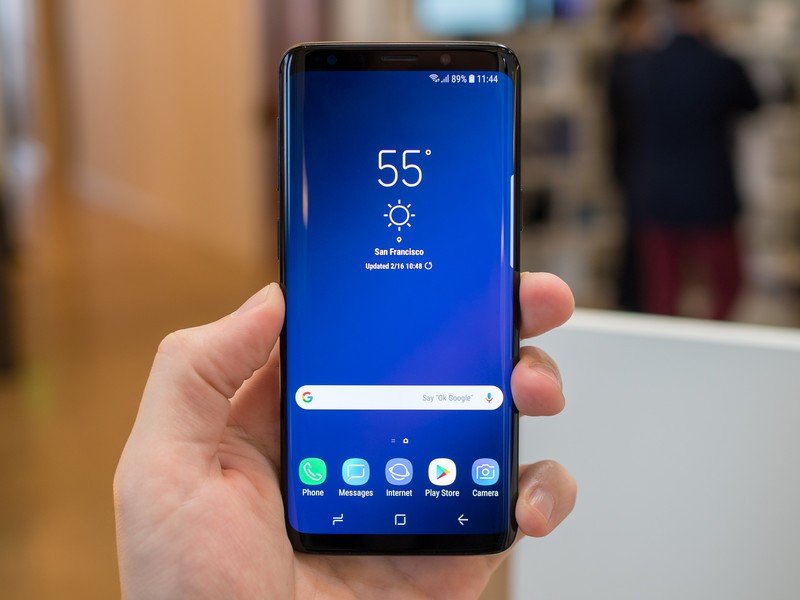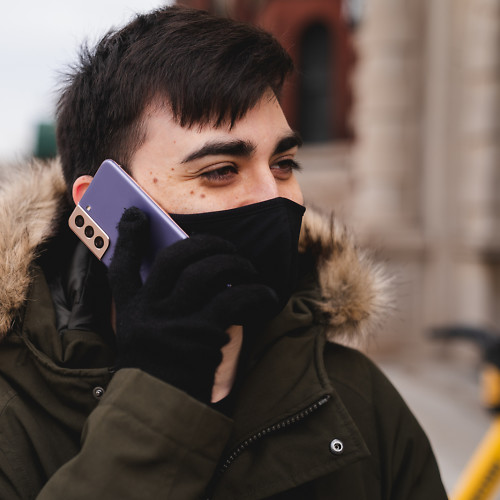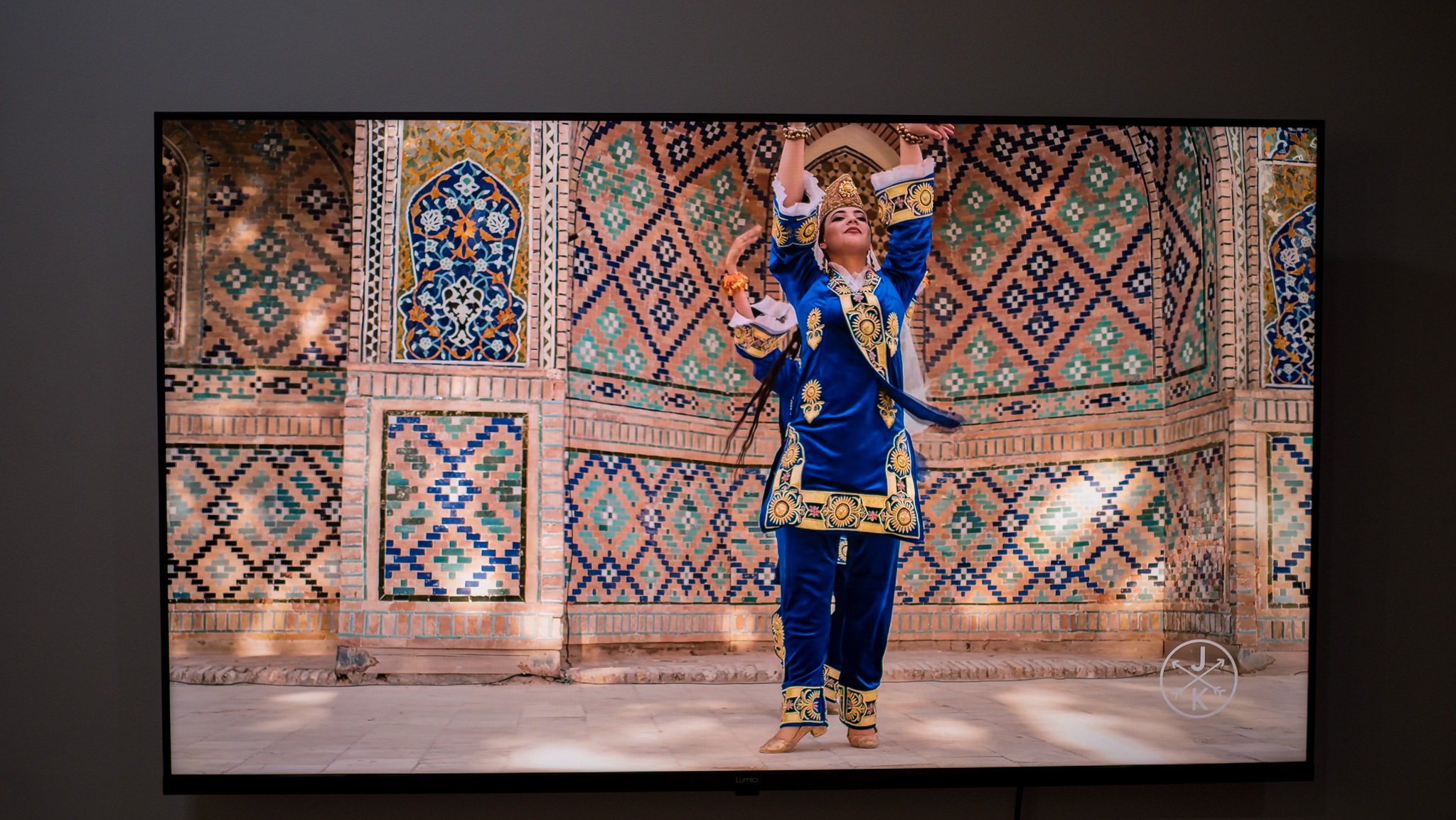What you need to know about buying a screen protector for the Galaxy S9

The Galaxy S9 is looking to be an incredible new phone that, while not a huge redesign over the Galaxy S8, moves in the right direction with a number of small improvements. Namely, the fingerprint sensor has been moved to a reasonable location, and the camera has seen a substantial upgrade — the S9+ even gained an additional camera. Needless to say, Samsung is off to a good start for the year.
So you've already pre-ordered a Galaxy S9, and now you're probably looking at some accessories to protect it. Maybe a case, and definitely a screen protector for that gorgeous curved glass, right? Before you place that order, there are a few things you might want to consider.
Ever since Samsung introduced curved glass displays starting with the Galaxy Note Edge, they've been one of the company's mainstays with almost every new flagship. While at first it seemed to be more of an engineering marvel than an effort towards better ergonomics, things changed once Samsung started curving both the front and back glass with the Galaxy Note 7 — curves fit better into a hand than flat edges, after all, and Galaxy phones were becoming increasingly comfortable to hold.

This new design did introduce a new problem, though … curved glass is fragile, and it's hard to protect. In the past, you could just slap a screen protector onto your new device and be done, but things aren't always that simple anymore.
If you're like me, it's glass or nothing when it comes to screen protectors. After all, the display itself is smooth glass, so why should it have to feel like anything else? The trouble with these curved displays is that they're hard for glass screen protectors to adhere to; to avoid leaving a halo effect on the display, most accessory makers only put adhesive along the outer edges of the protector, which just isn't enough to keep everything together.
Ultimately, the only glass screen protector that we've found actually works on curved glass has been Zagg's InvisibleShield Glass Curve Elite. The name is a mouthful, but Zagg took an alternative approach by using a gel-based adhesive, and as it turns out, it actually works. This protector isn't cheap at $49.99, but in the long run that's a relatively small price to pay in exchange for giving your $720+ phone the protection and tactility it deserves.
Be an expert in 5 minutes
Get the latest news from Android Central, your trusted companion in the world of Android
Now, if you're not as particular about your screen protector and you don't mind good old-fashioned plastic, there's good news: nothing should be different for you. Plastic is obviously far more flexible than glass, and has no problems curving with your display to adhere properly, meaning your options are still wide open with the Galaxy S9.
Ultimately, a sceen protector is optional, especially with the Galaxy S9 being backed by Gorilla Glass 5. I rarely ever use screen protectors on my phones, and I can't remember the last time I've had a scratch on the display. That doesn't mean glass is impervious to scratches, of course, and that's not all screen protectors are good for. A lot of them, particularly the ones made of glass, offer a fair amount of shock absorption too, meaning they could save the life of your display in the event of a drop.
Do you use a screen protector? And are you planning on getting one for the Galaxy S9? Let us know in the comments!
Hayato was a product reviewer and video editor for Android Central.

